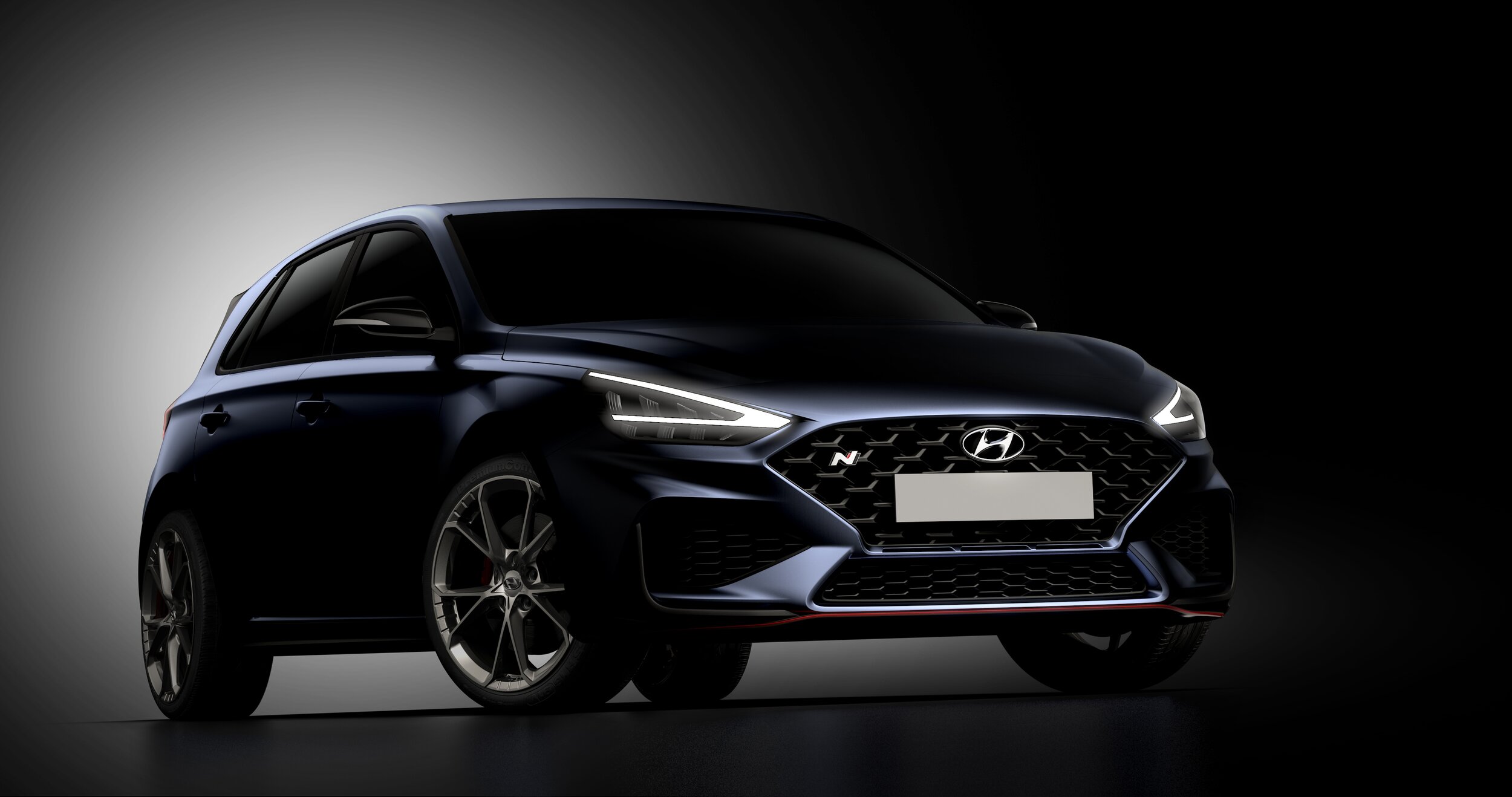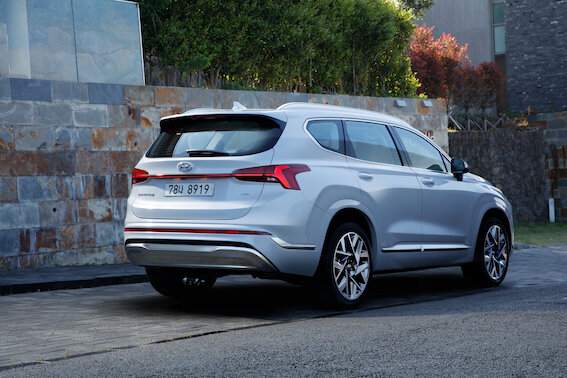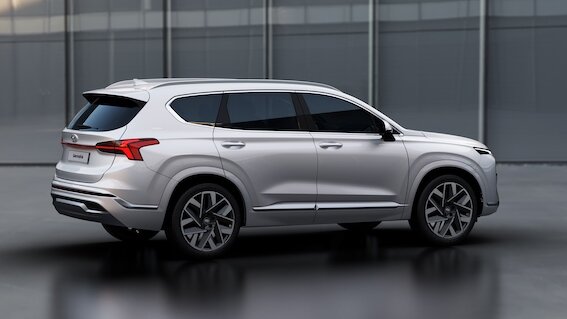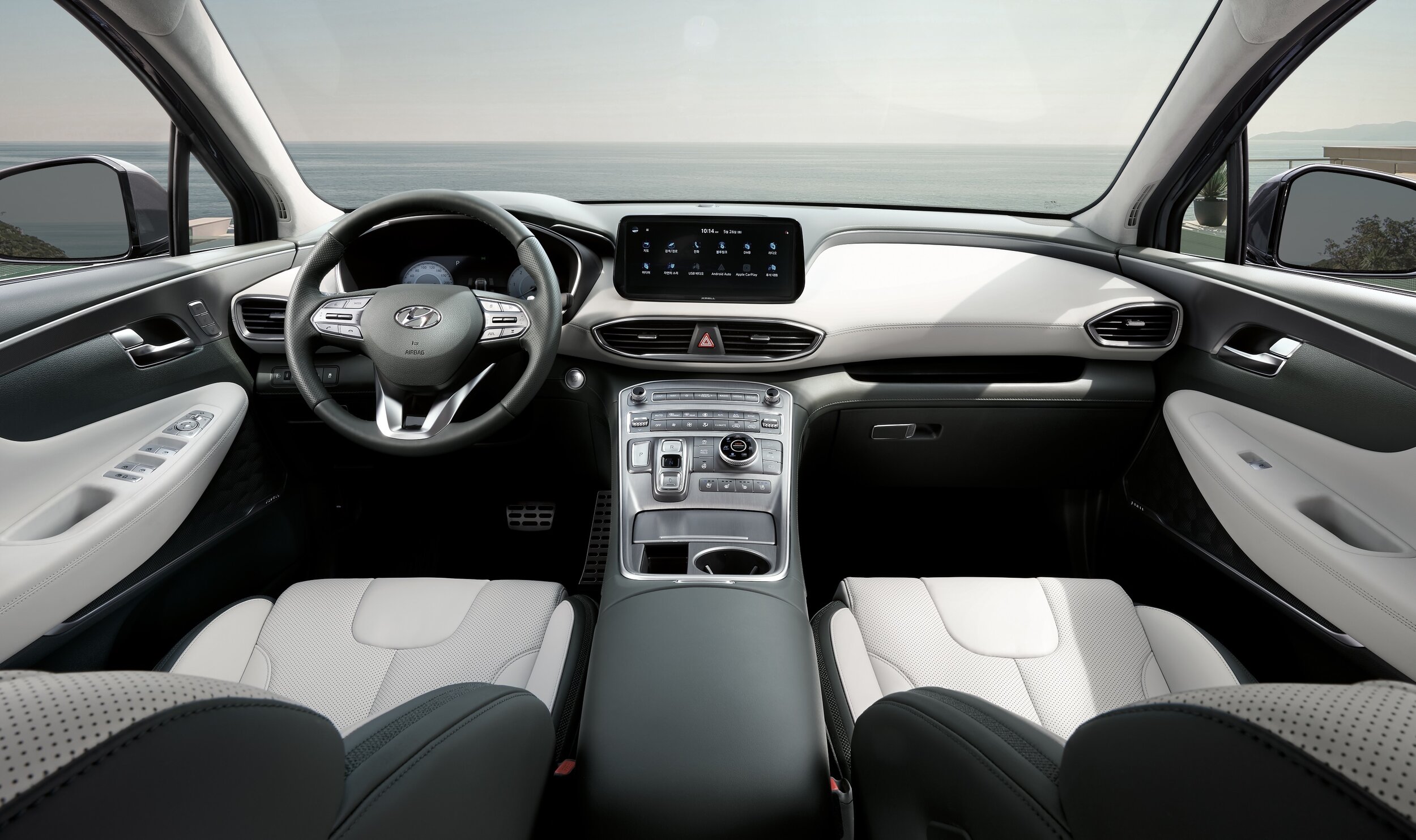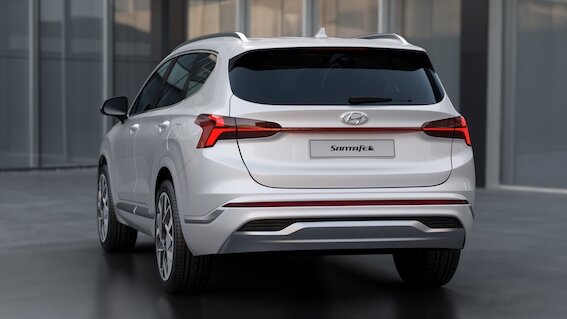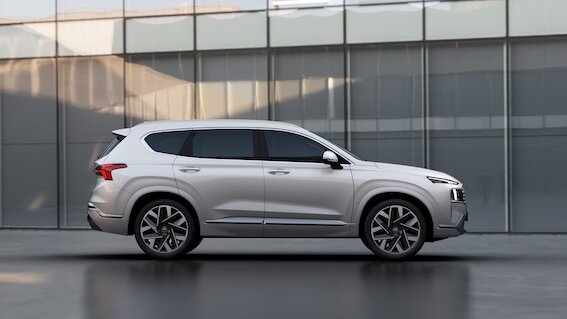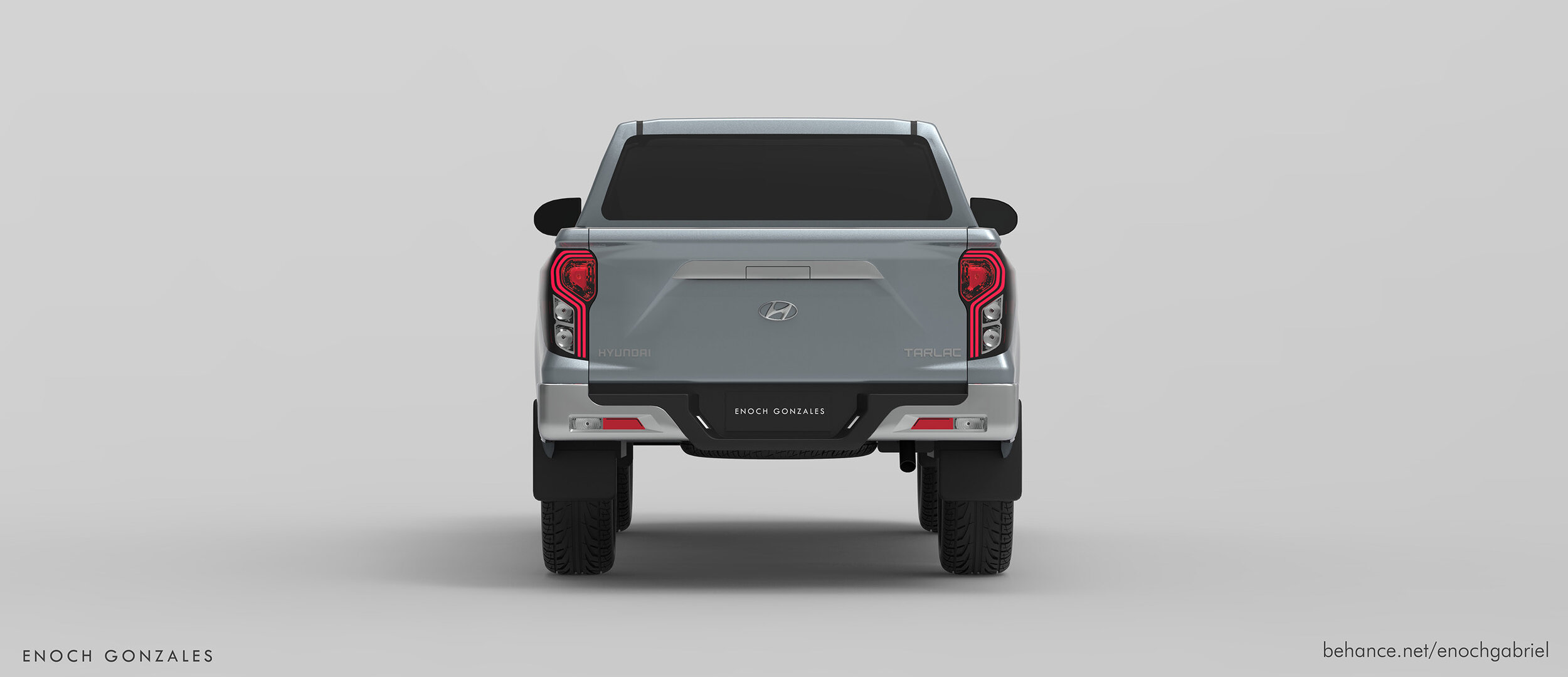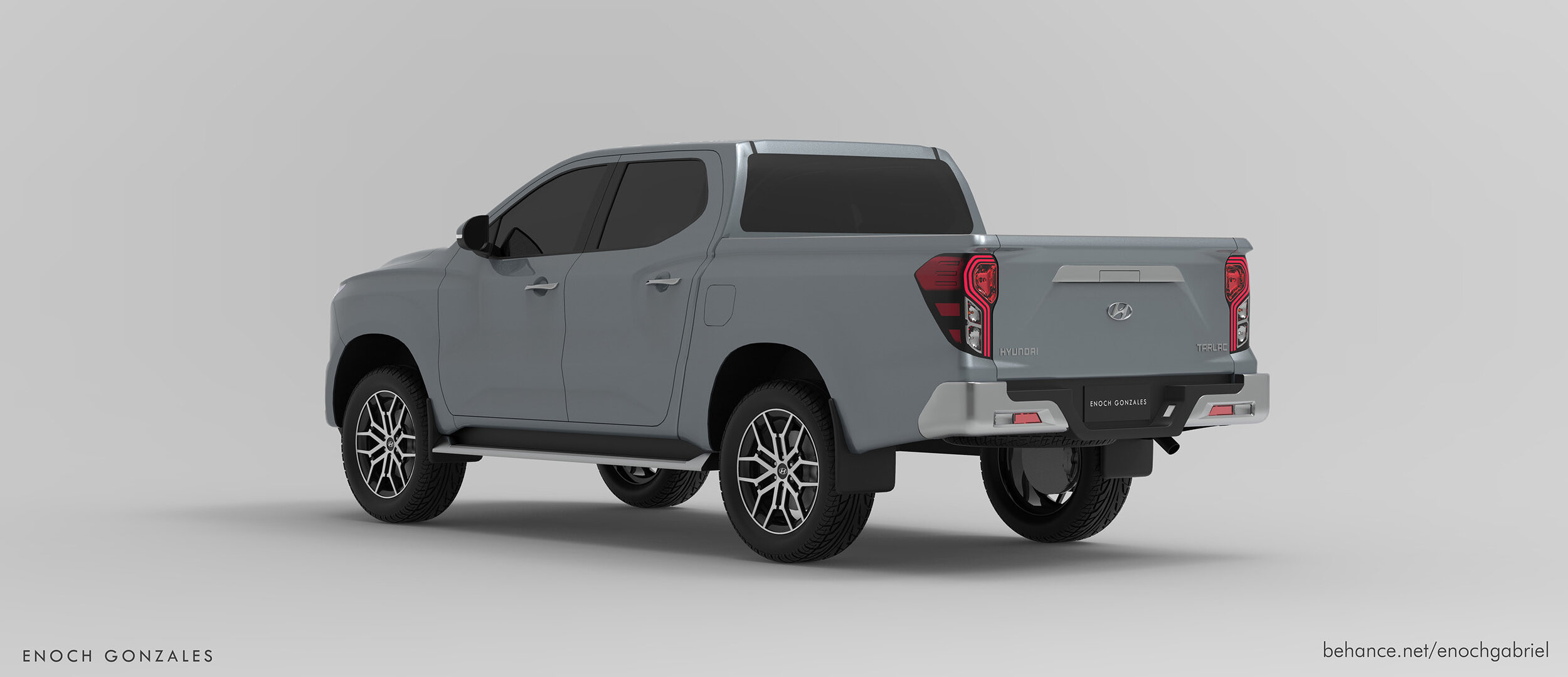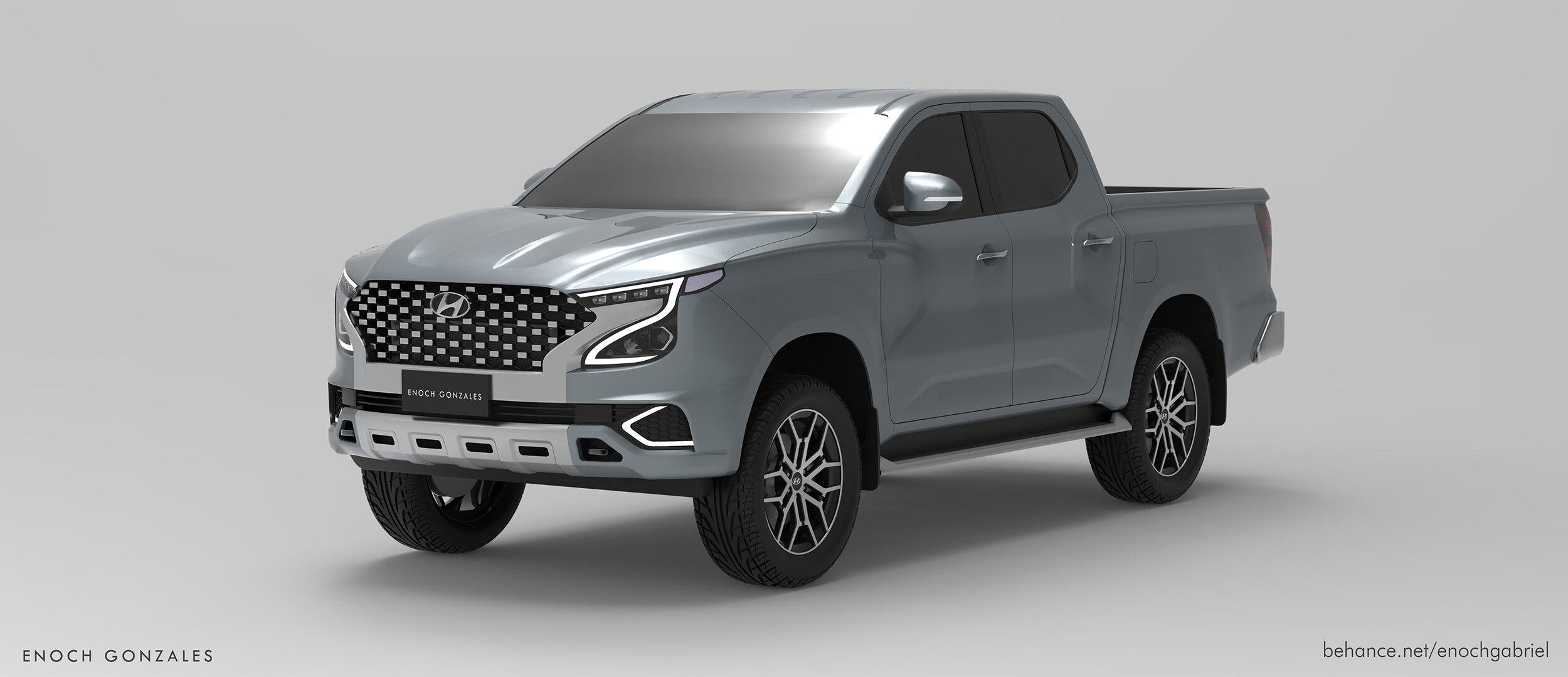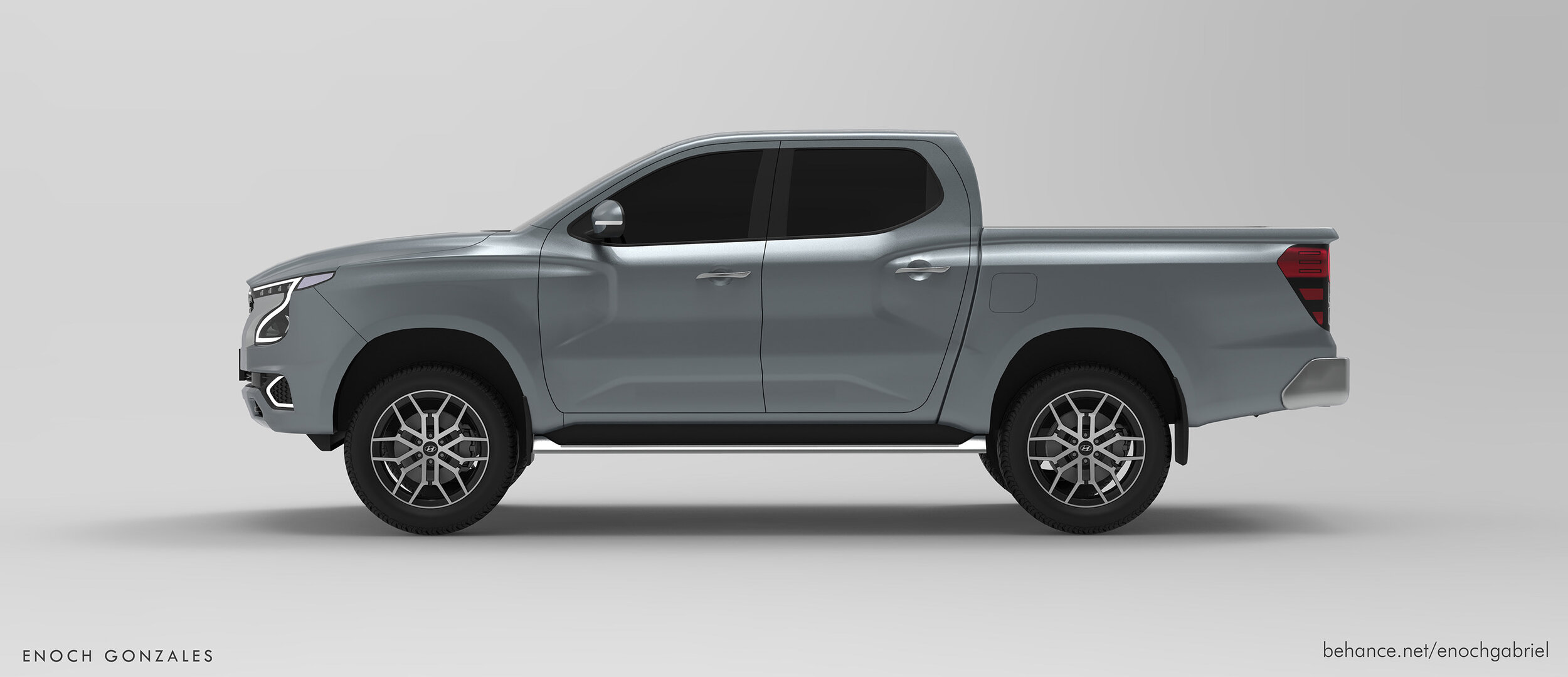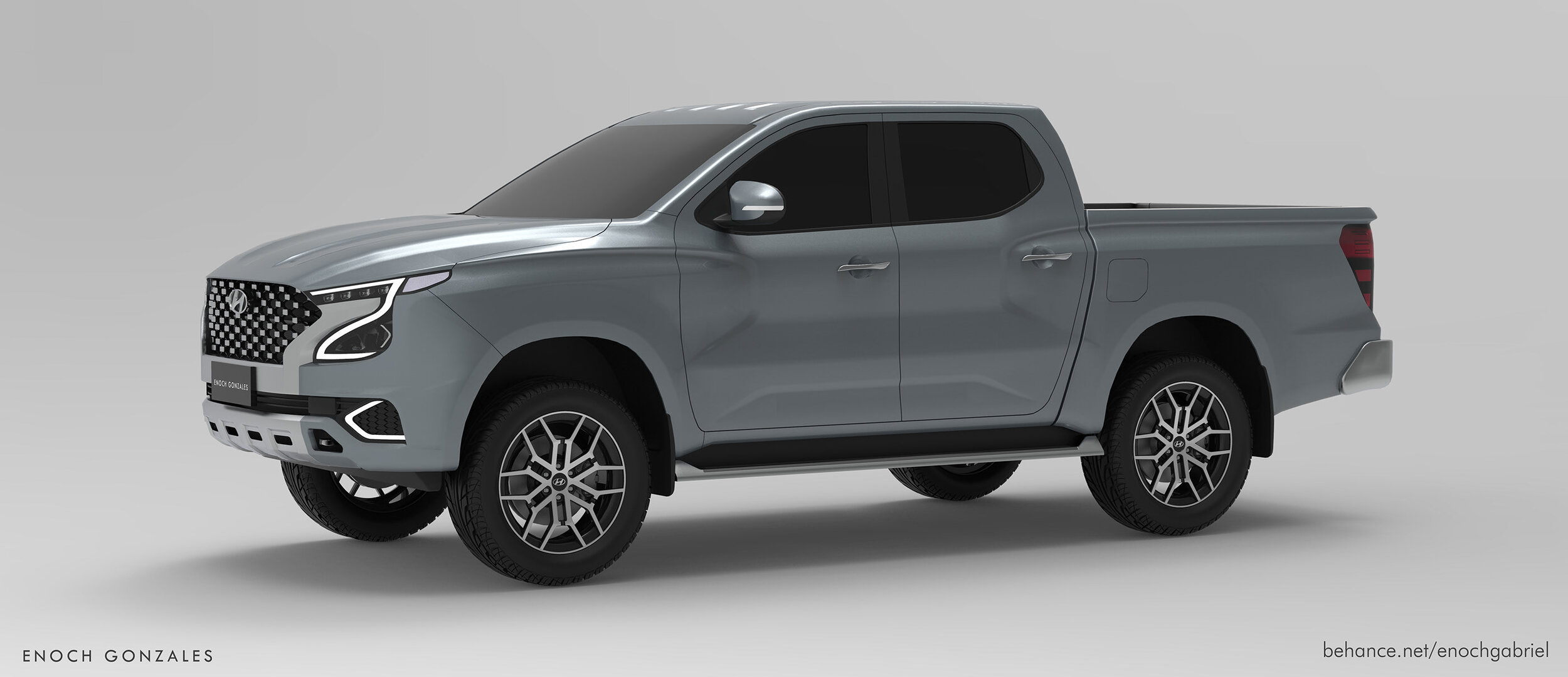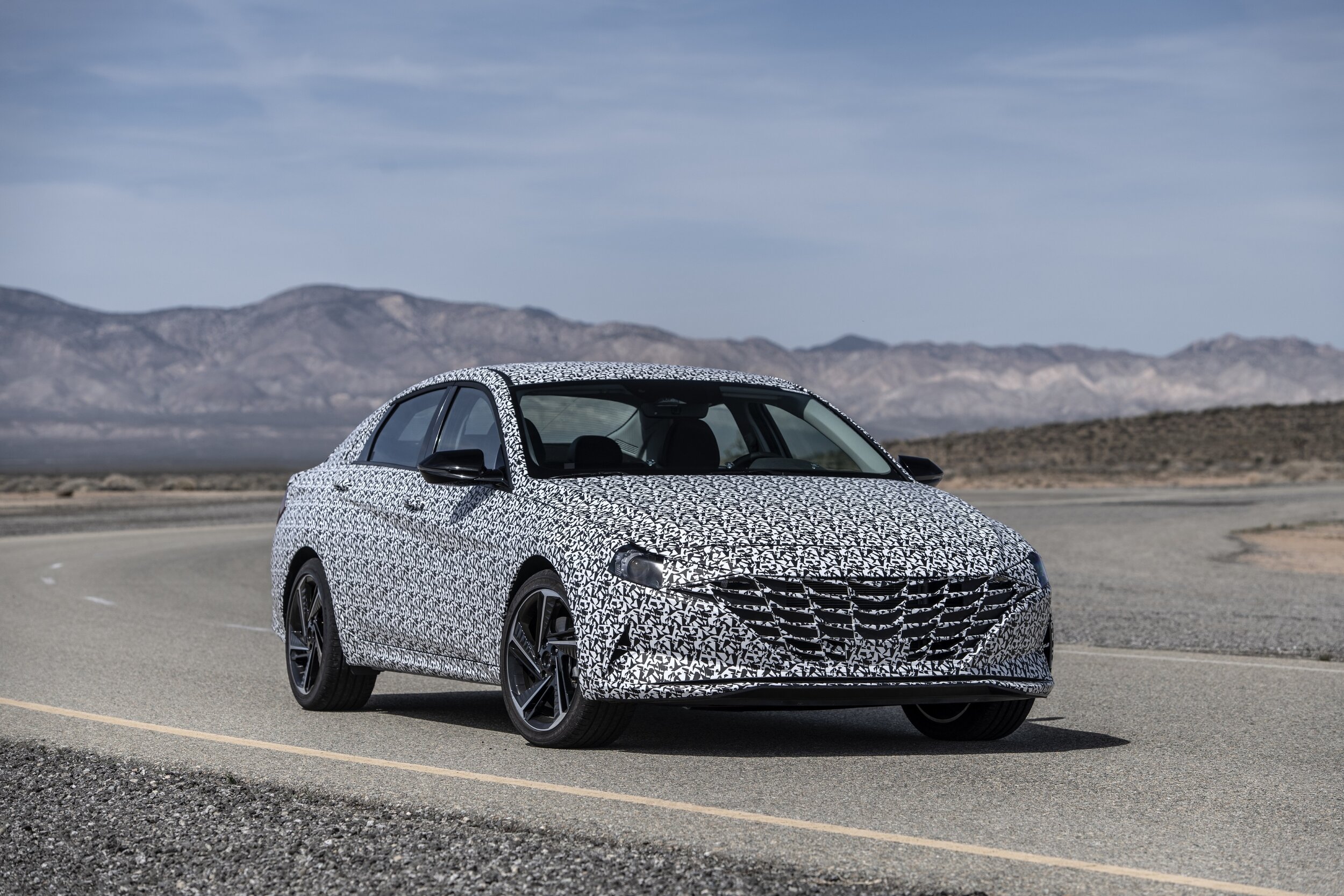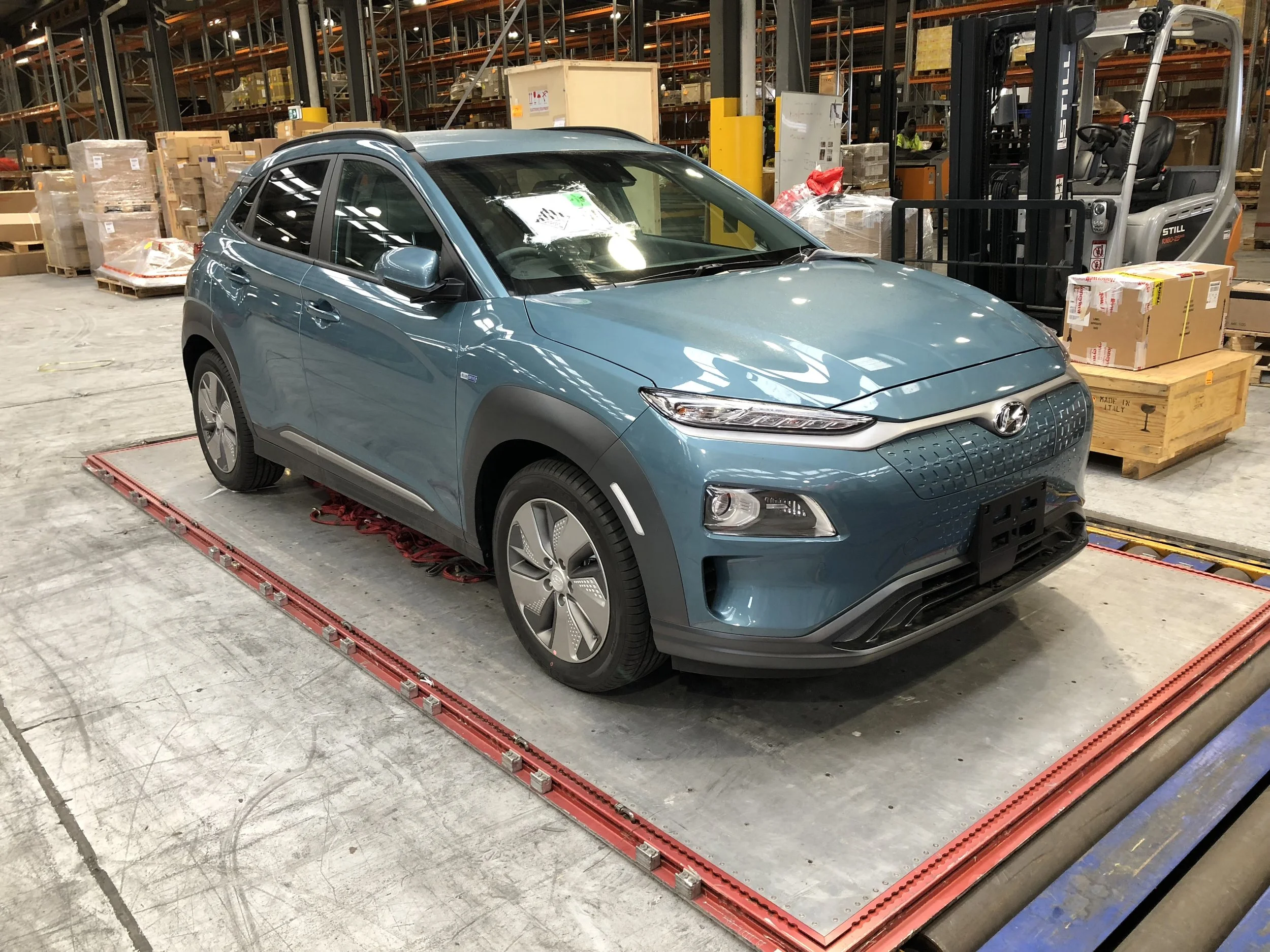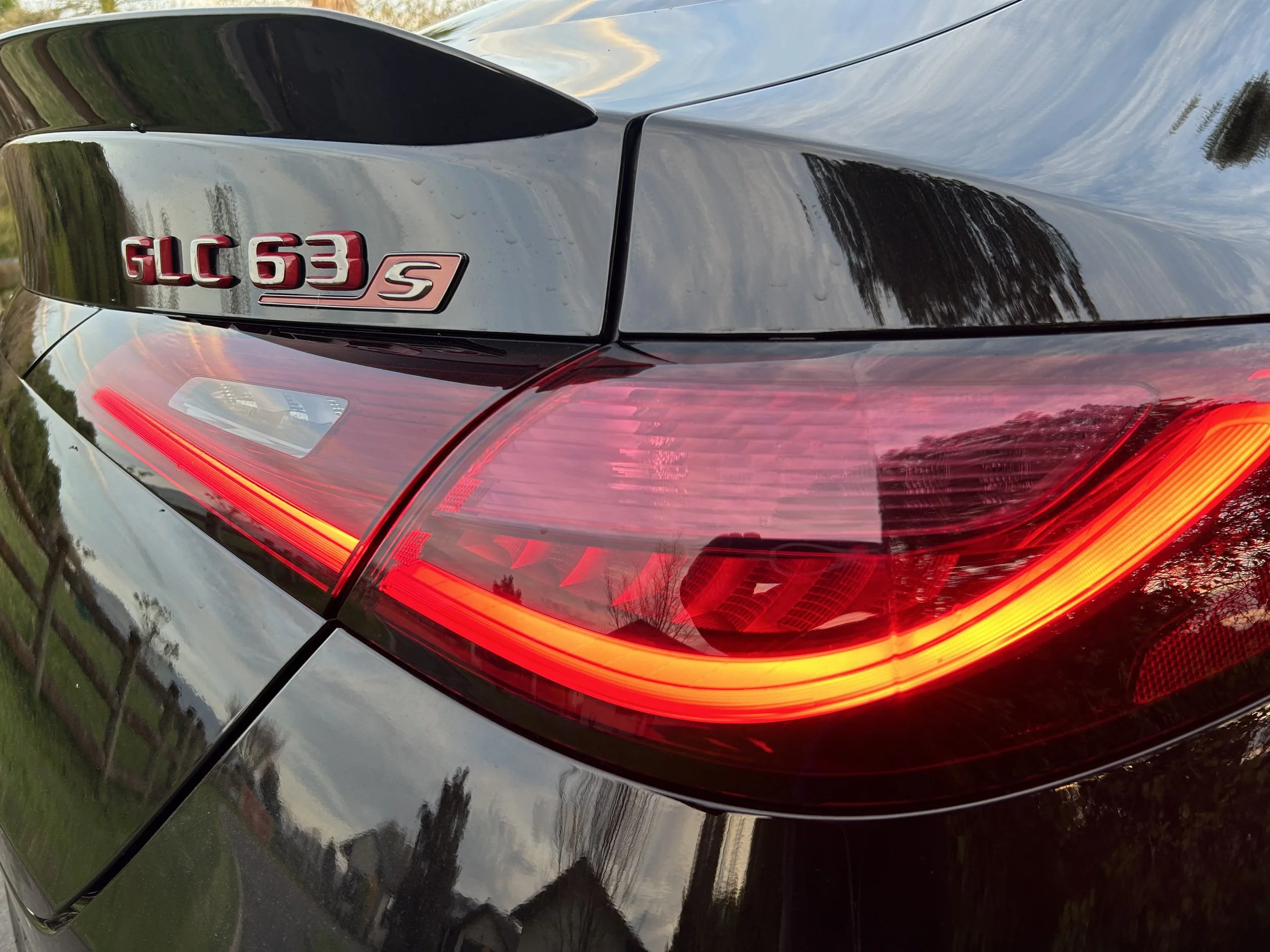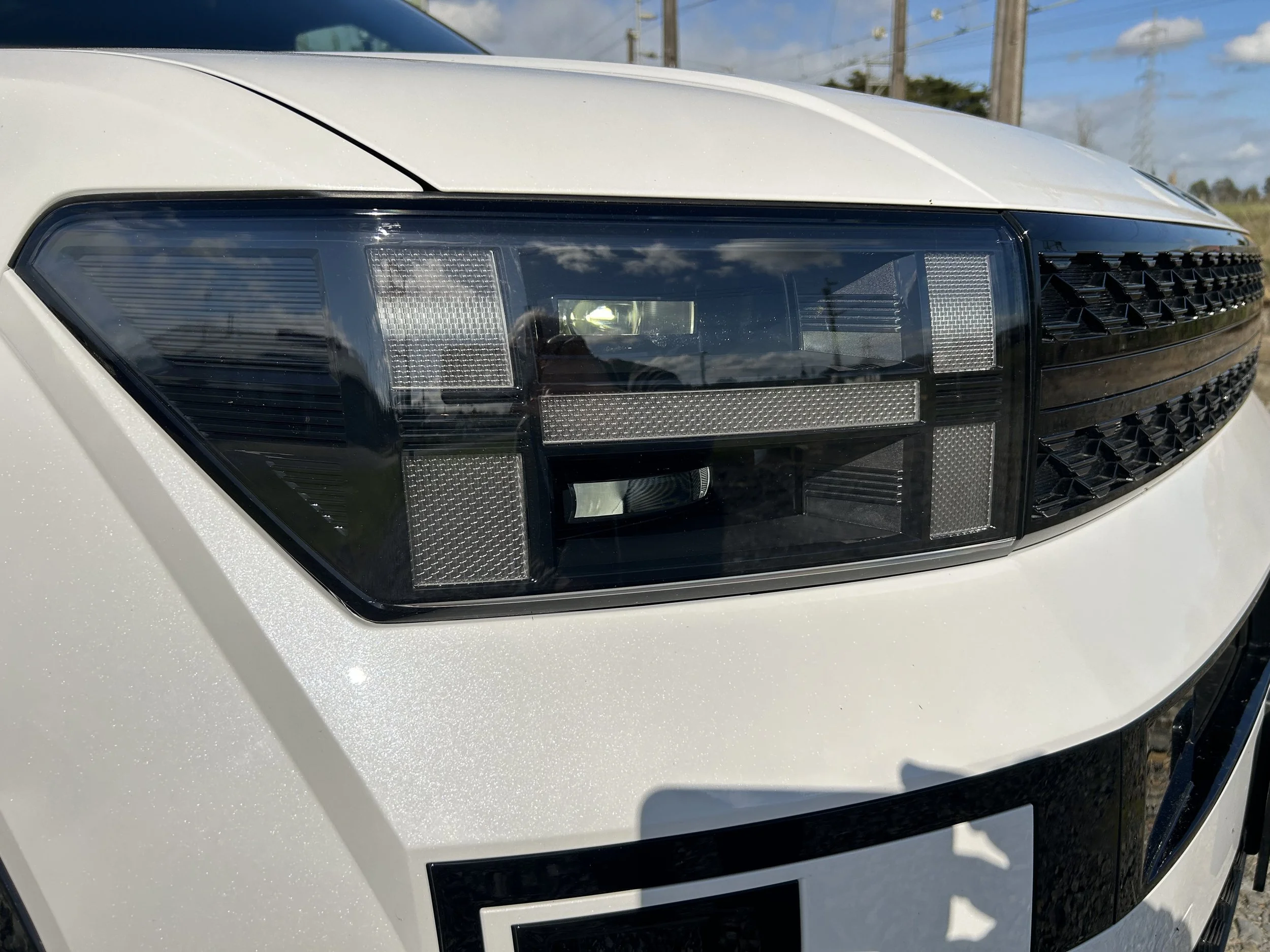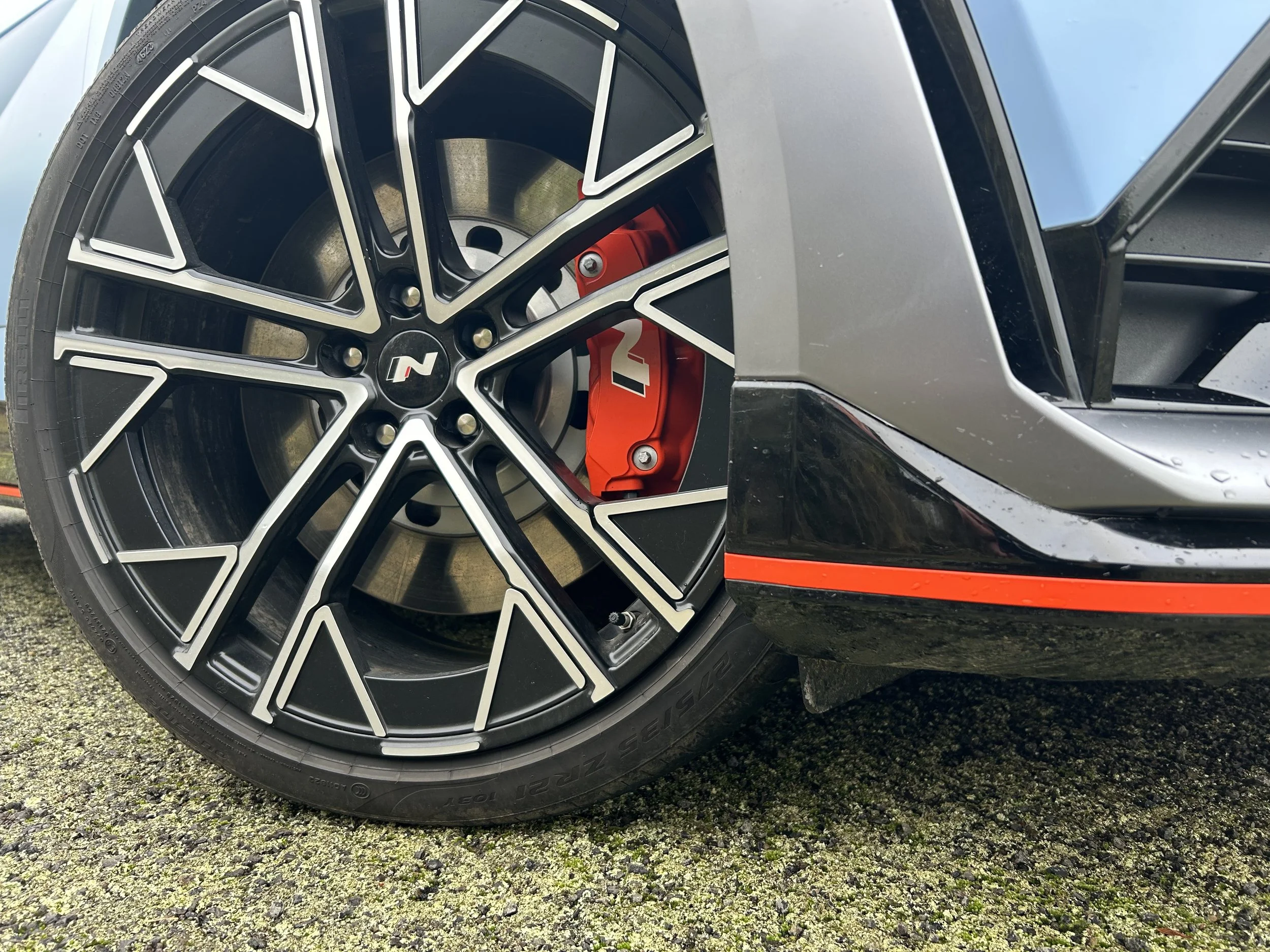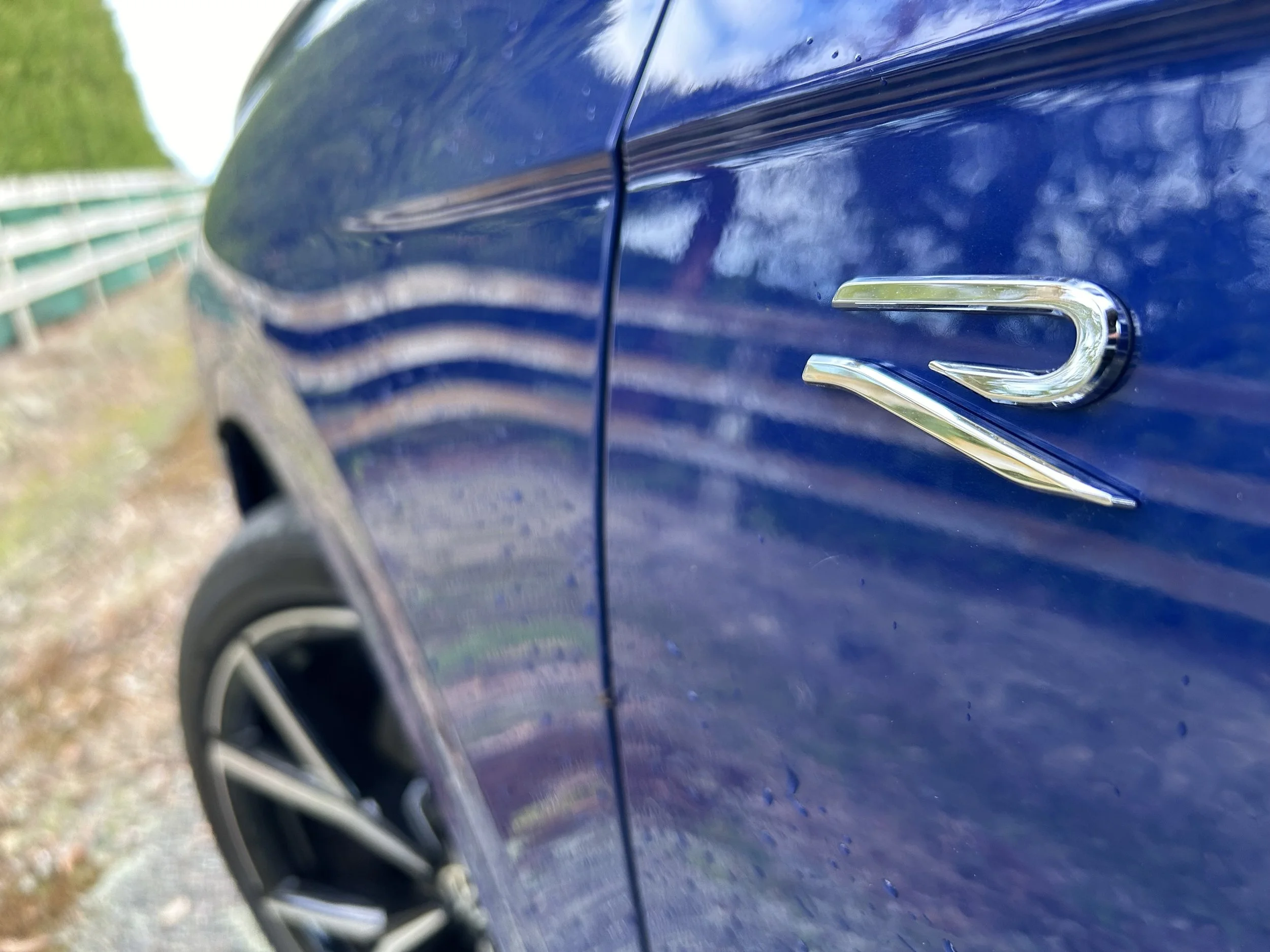Paddon’s old racer inspires road special
/Hyundai’s WRC racer has finally inspired a road-legal hot hatch … which, in turn, has inspired another rally car.
TURN the clock back four years – Rally Argentina has just ended and Hayden Paddon has claimed his - and New Zealand's - first world rally championship win by 13.3 seconds from Sebastien Ogier.
What better way to celebrate a hero than with an appropriate hero car?
Back then, the timing was just all wrong.
Hyundai’s performance arm was certainly ramping up a hot hatch division then, yet it was already apparent the first model to benefit hadn’t obvious link to the works World Rally Championship racer.
No argument, the resultant i30 N hatch turned out to be a masterstroke and the more recent liftback is just as good.
Yet it always seems a pity that Hyundai didn’t do the obvious and start with a road legal firecracker edition of the i20 small hatch, given that’s the car they were running then – and are still running now – in WRC.
Amends have finally been made. An i20N road car is in the making.
Sure, it’s not a fiery four-wheel-drive and Paddon has left the team in which he achieved his best international successes though, sadly, never another world championship victory.
Yet it’s still a car that has good ‘fit’ here: Paddon’s still very heavily involved with the Hyundai brand at national level and there’s a neat twist in that, since announcing the road car, the maker has also made clear that it’ll be a basis for a dirt-tuned competition car, developed for privateers. Which surely also rises a potential for a driver who is still racing and preparing gravel blaster fare.
So what’s stopping this realising? Remarkably, it could well be Hyundai New Zealand.
Whereas other distributors, including Australia (which also celebrated Paddon) have been quick to sign up the model, have rushed to sign on the new talent, Hyundai NZ – which is a locally-owned independent rather than a factory shop - is dragging its feet. So far there’s not yet any local commitment beyond comment that the car is “under consideration”.
Maybe a petition is needed. Though pocket rockets don’t create big sales, they have potential to be huge image makers. The Ford Fiesta ST and Volkswagen Polo GTI are good examples of being attention magnets.
The i20N could well be up to their mettle, given Hyundai says it used its WRC expertise in this project, and not just to give it a nicely muscular look.
Under that bonnet is a pukka performance mill, in the same of a reworked (as in, exclusive turbo, remapping, a high-pressure injection rail) version of the 1.6-litre turbo-petrol four-cylinder engine found in a number of other Hyundai and Kia models, tuned to produce 150kW from 5500-6000rpm and 275Nm from 1750-4500rpm. That’s less torque than the Ford and VW spin out, but slightly more power.
The engine is mated exclusively to a six-speed manual transmission and while four- wheel-drive isn’t on the menu, it does achieve a limited-slip differential in order to aid handling and grip. The chassis has also been reinforced at 12 different points, while the suspension features reinforced front domes and knuckles, new anti-roll bars, springs and shock absorbers and increased camber.
It also delivers with launch control, which facilitates 0-100kmh in 6.7 seconds. Top speed is 230kmh. power to weight looks good, too. Surely it’s no coincidence the car clocks 1190kg – the same as the i20 Coupe WRC car?
Five drive modes are delivered: Normal, Eco, Sport, N and N Custom, with the latter allowing customers to individually adjust the parameters of the engine, ESC, exhaust and steering. The stability system can also be programmed into three stages – on, sport and fully off.
The car states its intent at the kerbside, too. The ride height is lowered by 10mm, it sits on 18-inch rims (behind which are tucked enlarged brakes) and the styling includes red accents around the front, rear and side skirts, plus a WRC-inspired roof spoiler. A lip spoiler and wide radiator grille – with a pattern inspired by a chequered flag - enhance visual menace.
The interior also adopts sports seats, N-specific steering wheel, gear knob and pedals and there’s a 10.25-inch touchscreen navigation system, N driving data, digital instrument cluster.
Hyundai’s SmartSense suite of active safety tech is included, with forward collision warning, autonomous emergency braking with pedestrian and cyclist detection, lane departure warning, lane keep assist, blind-spot collision warning, intelligent speed limit assist, driver attention warning system, high beam assist, lane following assist and rear cross-traffic collision warning.
And if you’d prefer it for weekend gravel road play? Well, that’s the i20 N Rally2, designed by an N-sport division, Hyundai Motorsport Customer Racing, and intended for privateer teams and drivers.
This one follows on from the Hyundai i20 R5 with which Hyundai Motorsport entered the Customer Racing arena at the end of 2015. That car has claimed numerous titles with customers, including national titles in Spain, Portugal and Poland since debuting late in 2016.
However, the brand says the i20 N Rally2 will be better, being “an improved all-round package” that builds on the experience gained by the department over the last five years.
Though the five-speed sequential gearbox from the i20 R5 remains the transmission for the new design nearly every other part, including the 1.6-litre turbo engine, is brand new.
The developer says new suspension components and dampers give the car more driver-friendly handling characteristics on all surfaces. This, it says, is vital in the Rally2 category, “which forms the basis for numerous national and regional championships as well as the international WRC 2 and WRC 3 classes, and are the cars of choice for both professional rally drivers as well as drivers who compete purely for pleasure.”
An extensive testing programme for the i20 N Rally2 will begin later this month, with the first deliveries to customers and final homologation scheduled for mid-2021.






